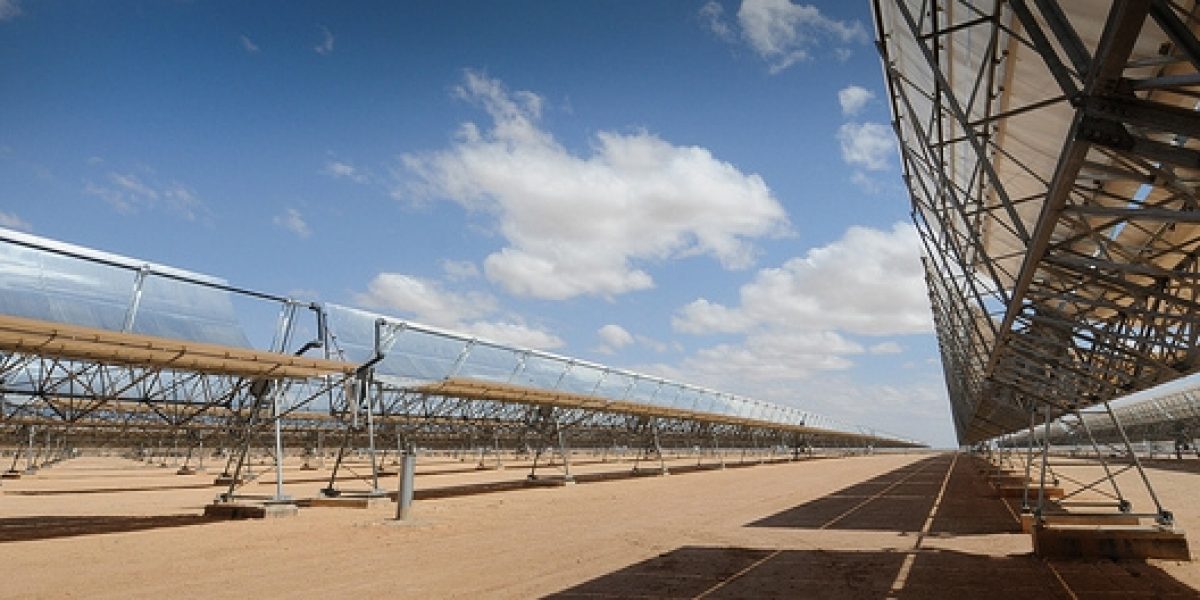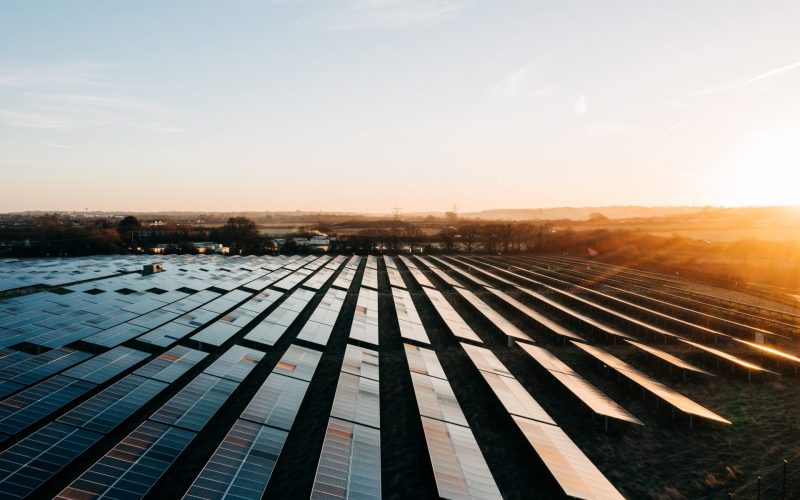Increasing US-African undertakings on energy can be seen through the prism of US President Barack Obama’s launch of his ‘Power Africa’ initiative in Cape Town, South Africa, in 2013. The US House of Representatives also recently voted in favour of the US initiative to ‘electrify Africa’. This drew attention to increasing US energy interests in Africa ahead of the US-Africa Energy Ministerial (AEM) held in Addis-Ababa in June this year.
While recognising the role that this emerging initiative plays in elevating US dialogue with Africa, a valid question could be asked about the extent to which it actually contributes to sustainable energy alternatives in Africa.
During the US-AEM, which focused on ‘catalysing Sustainable Energy Growth in Africa’, the US Secretary of Energy, Ernest Moniz, emphasised energy infrastructure as ‘a critical enabler’ for economic development. He further highlighted the importance of economic diversification in Africa.
With a focus on the private sector, the potential for new investment was at the centre of the US-AEM debate. However, it did not specify that the US, or any other strategic partner of Africa, should systematically favour sustainable, cleaner energy sources in their African investments. In fact, sustainability was somewhat diluted in the discourse. Derived from Power Africa, a sub-initiative called ‘Beyond the Grid’ was announced with the aim of developing mini-grids and off-grids to increase electricity access in rural areas. This in turn encourages further actions to localise energy production.
At the June Africa Energy Forum, Leocadia Zak, Director of the US Trade and Development Agency (USTDA), gave an overview of the Power Africa initiative’s first achievements after a year of efforts to double energy access in Ethiopia, Ghana, Kenya, Liberia, Nigeria and Tanzania. The pursuit of smaller-scale technologies and decentralised off-grid energy solutions fits with the 2012 US Strategy toward Sub-Saharan Africa. Nevertheless, this does not tackle entirely the existing challenges to a more sustainable energy future. It is clear that increasing the share of renewable energy sources remains a gap. A progressive downscaling of non-renewable energy sources will imply focusing on longer-term efficiency issues, far beyond temporary solutions to improve immediate energy access.
Power Africa responds to two major trends in the Programme for Infrastructure Development in Africa Energy Vision, elaborated by the African Union, the NEPAD and the African Development Bank in 2010. On the one hand, this Vision asks for financial support to ‘harness all African energy resources’. On the other hand, it reveals that the fastest growing source of energy on the continent is gas. While the US energy strategy towards Africa balances US interests with the continent’s imperatives, a sustainable energy future still seems out of reach.
While energy-related events have been proliferating, there is a deeper underlying need for a sustainable energy focus during the US-Africa Leaders’ Summit. Just this week, high-level delegates from Ghana, Kenya, Tanzania and Mozambique (all countries with significant recent natural gas discoveries) will travel to Houston to learn about the US experience and meet with potential American partners. In addition, the US-Africa Business Forum intends to concentrate on private sector investment and technological innovation in Infrastructure, Power and Energy among other focal areas during the second day of the summit. While an emphasis on sustainability and renewable energy has been muted, natural gas appears to be the embedded resource in this US-African energy partnership in progress.
Basking in the glory of its new energy independence, the US has seemingly not only launched initiatives to address Africa’s infrastructure gap, but also decided to help power the continent. The longer term test of that vision will likely rest on its ambitious reassertion of a greener energy future for Africa, rather than diluting it.
The onus also rests on Africa to ensure that the solutions to its power crisis take on board the long-term outlook in a broader context where the use of renewable and greener energy sources is an urgent global imperative.








